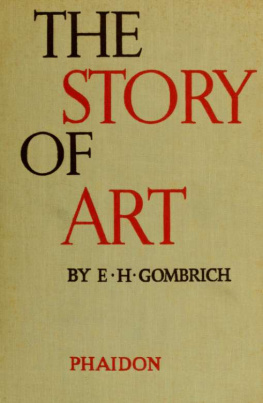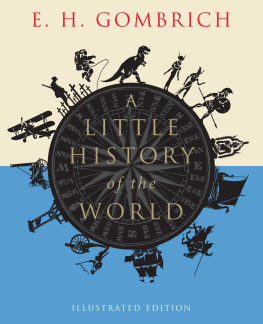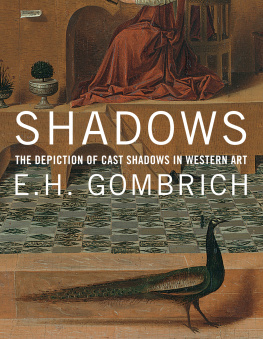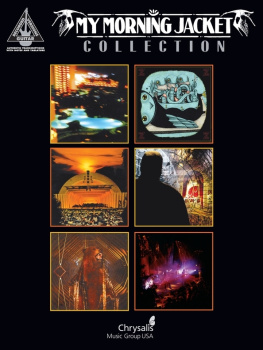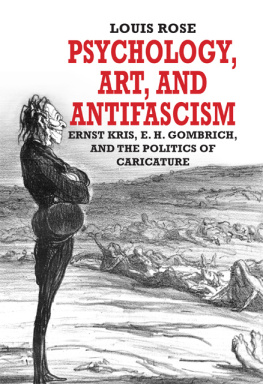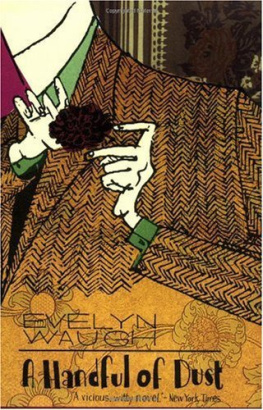E. H. GOMBRICH - The Story of Art
Here you can read online E. H. GOMBRICH - The Story of Art full text of the book (entire story) in english for free. Download pdf and epub, get meaning, cover and reviews about this ebook. year: 1951, publisher: Phaidon, genre: Art. Description of the work, (preface) as well as reviews are available. Best literature library LitArk.com created for fans of good reading and offers a wide selection of genres:
Romance novel
Science fiction
Adventure
Detective
Science
History
Home and family
Prose
Art
Politics
Computer
Non-fiction
Religion
Business
Children
Humor
Choose a favorite category and find really read worthwhile books. Enjoy immersion in the world of imagination, feel the emotions of the characters or learn something new for yourself, make an fascinating discovery.
- Book:The Story of Art
- Author:
- Publisher:Phaidon
- Genre:
- Year:1951
- Rating:3 / 5
- Favourites:Add to favourites
- Your mark:
- 60
- 1
- 2
- 3
- 4
- 5
The Story of Art: summary, description and annotation
We offer to read an annotation, description, summary or preface (depends on what the author of the book "The Story of Art" wrote himself). If you haven't found the necessary information about the book — write in the comments, we will try to find it.
The Story of Art — read online for free the complete book (whole text) full work
Below is the text of the book, divided by pages. System saving the place of the last page read, allows you to conveniently read the book "The Story of Art" online for free, without having to search again every time where you left off. Put a bookmark, and you can go to the page where you finished reading at any time.
Font size:
Interval:
Bookmark:


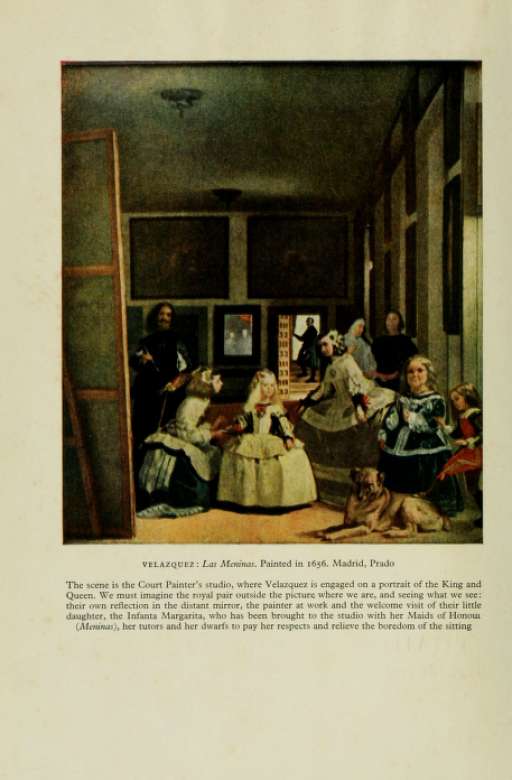
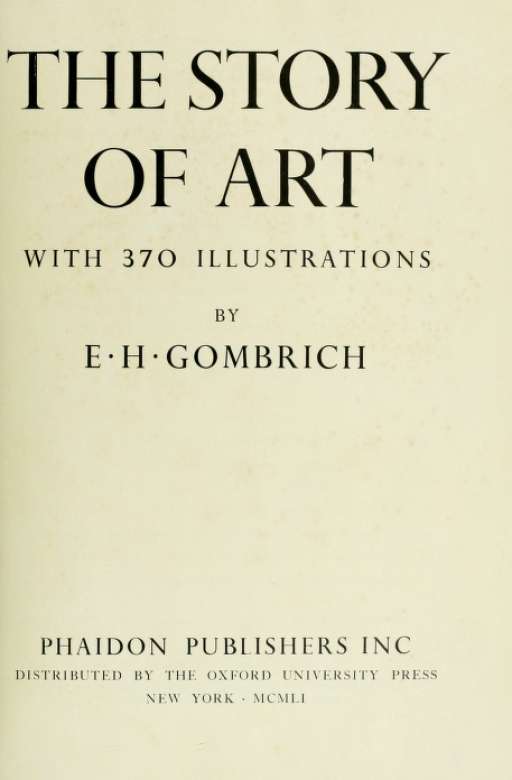
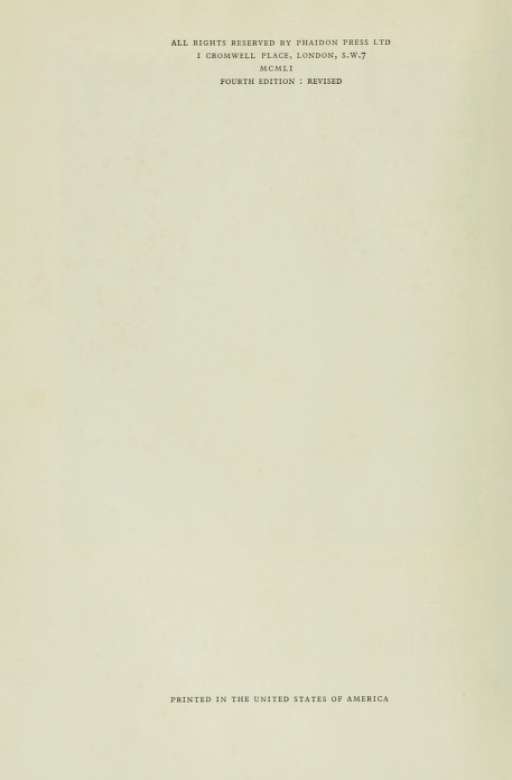
PREFACE
THIS book is intended for all who feel in need of some first orientation in a strange and fascinating field. It wants to show the newcomer the lie of the land without confusing him with details; it hopes to enable him to bring some intelligible order into the wealth of names, periods and styles which crowd the pages of more ambitious works, and so to equip him for consulting more specialized books. In planning and writing it I thought first and foremost of readers in their teens who had just discovered the world of art for themselves. But I have never believed that books for young people should differ from books for adults except for the fact that they must reckon with the most exacting class of critics, critics who are quick to detect and resent any trace of pretentious jargon or bogus sentiment. I know from experience that these are the vices which may render people suspicious of all writings on art for the rest of their lives. I have striven sincerely to avoid these pitfalls and to use plain language even at the risk of sounding casual or unprofessional. Difficulties of thought, on the other hand, I have not avoided, and so I hope that no reader will attribute my decision to get along with a minimum of the art historian's conventional terms to any desire on my part of 'talking down' to him. For is it not rather those who misuse 'scientific' language, not to enlighten but to impress the reader, who are 'talking down' to usfrom the clouds ?
Apart from this decision to restrict the number of technical terms, I have tried, in writing this book, to follow a number of more specific self-imposed rules, all of which have made my own life as its author more difficult, but may make that of the reader a little easier. The first of these rules was that I would not write about works I could not show in the illustrations; I did not want the text to degenerate into lists of names which could mean little or nothing to those who do not know the works in question, and would be superfluous for those who do. This rule at once limited the choice of artists and works I could discuss, to the number of illustrations the book would hold. It forced me to be doubly rigorous in my selection of what to mention and what to exclude. This led to my second rule, which was to limit myself to real works of art, and to cut out anything which might merely be interesting as a specimen of taste or fashion. This decision entailed a considerable sacrifice of literary effects. Praise is so much duller than criticism, and the inclusion of some amusing monstrosities might have offered some light relief But the reader would have been justified in asking why something I found objectionable should find a place in a book devoted to art and not to non-art, particularly if this meant leaving out a true masterpiece. Thus, while I do not claim that all the works illustrated represent the highest standard of perfection, I did make an effort not to include anything which I considered to be without a pecuUar merit of its own.
The third rule also demanded a little self-denial. I vowed to resist any temptation to be original in my selection, lest the well-known masterpieces be crowded out by my own personal favourites. This book, after all, is not intended merely as an anthology of beautiful things; it is meant for those who look for bearings in a new field, and for them the familiar appearance of apparendy 'hackneyed' examples may serve as welcome landmarks. Moreover, the most famous works are really often the greatest by many standards, and if this book can help readers to look at them with fresh eyes it may prove more useful than if it had neglected them for the sake of less well-known masterpieces.
Even so, the number of famous works and masters I had to exclude is formidable enough. I may as well confess that I have found no room for Hindu or Etruscan art, or for masters of the rank of Querela, Signorelli or Carpaccio, of Peter Vischer, Brouwer, Terborch, Canaletto, Corot, and scores of others who happen to interest me deeply. To include them would have doubled or trebled the length of the book and would, I beheve, have reduced its value as a first guide to art. One more rule I have followed in this heart-breaking task of elimination. When in doubt I have always preferred to discuss a work which I had seen in the original rather than one I knew only from photographs. I should have liked to make this an absolute rule, but I did not want the reader to be penalized by the accidents of travel restrictions which have dogged the fife of the an lover during the past fifteen years. Moreover, it was my final rule not to have any absolute rules whatever, but to break my own sometimes, leaving to the reader the fun of finding me out.
These, then, were the negative rules I adopted. My positive aims should be apparent from the book itself. It tries to tell the old story of art once more in simple language, and to enable the reader to see how it hangs together. It should help him in his appreciation, not so much by rapturous descriptions, as by providing him with some pointers as to the artist's probable intentions. This method should at least help to clear away the most frequent causes of misunderstanding and to forestall a kind of criticism which misses the point of a work of art altogether. Beyond this the book has a shghdy more ambitious goal. It sets out to place the works it discusses in their historical setting and thus to lead towards an understanding of the master's artistic aims. Each generation is at some point in revolt against the standards of its fathers; each work of an derives its appeal to contemporaries not only from what it does but also from what it leaves undone. When young Mozart arrived in Paris he noticedas he wrote to his fatherthat all the fashionable symphonies there ended with a quick finale; so he decided to starde his audience v/ith a slow introduction to his last movement. This is a trivial example, but it shows the direction in which an historical appreciation of art must aim. The urge to be different may not be the highest or profoundest element of the artist's equipment, but it is rarely lacking altogether. And the appreriation of this intentional difference often opens up the easiest approach to the art of the past. I have tried to make this constant change of aims the key of my narrative, and to show how each work is related by imitation or contradiction to what has gone before. Even at the risk of being tedious, I have referred back for the purpose of comparison to works that show the distance which artists had placed between themselves and their forenmners. There is one pitfall in this method of presentation which I hope to have avoided but which should not go uimientioned. It is the naive misinterpretation of the constant change in art as a continuous progress. It is true that every artist feels that he has surpassed the generation before him and that from his point of view he has made progress beyond an\Tiing that was known before. We cannot hope to understand a work of art without being able to share this sense of Hberation and triumph which the artist felt when he looked at his own achievement. But we must realize that each gain or progress in one direction entails a loss in another, and that this subjective progress, in spite of its importance, does not correspond to an objective increase in artistic values. All this may sound a Uttle puzzling when stated in the abstracL I hope the book wiU make it clear.
Font size:
Interval:
Bookmark:
Similar books «The Story of Art»
Look at similar books to The Story of Art. We have selected literature similar in name and meaning in the hope of providing readers with more options to find new, interesting, not yet read works.
Discussion, reviews of the book The Story of Art and just readers' own opinions. Leave your comments, write what you think about the work, its meaning or the main characters. Specify what exactly you liked and what you didn't like, and why you think so.

